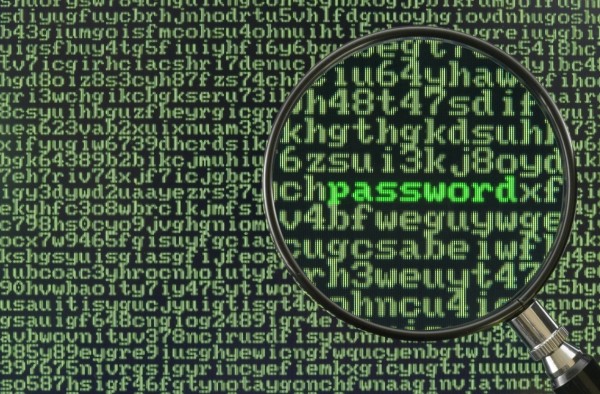A cryptographic hash function is an algorithm that can be run on data such as an individual file or a password to produce a value called a checksum. The values returned by a hash function are called hash values, hash codes, digests, or simply hashes. A cryptographic hash function is a special class of hash function that has certain properties which make it suitable for use in cryptography. Hash functions are generally irreversible (one-way), which means you can't figure out the input if you only know the output unless you try every possible input which is called a brute-force attack.
Online Hash Cracker Free
Generate your hash data online using md5, sha1, sha256, sha384, sha512, crc32, crc32b, gost, whirlpool, ripemd160, crypt (one way password hash with salt) HASH functions.
Use of Hash Functions
MD5
MD5 message-digest algorithm is a widely used hash function producing a 128-bit hash value. This md5 online generator calculate the md5 hash of a string, which from any input data creates a 32 character hexadecimal number. For example MD5 for 12345: 827ccb0eea8a706c4c34a16891f84e7bSHA1
SHA-1 (Secure Hash Algorithm 1) is a cryptographic hash function or algorithm which takes an input as a string and produces a 160-bit (20-byte) hash value known as a message digest typically generated as a hexadecimal number, 40 digits long.SHA256
SHA-256 is a member of the SHA-2 cryptographic hash functions designed by the NSA. SHA-256 algorithm generates an almost-unique, fixed size 256-bit (32-byte) hash. Applicable for password validation, digital signatures, hash authentication and anti-tamper.SHA384
A function used to calculate the SHA-384 hash of a data value. The hash will be returned as a hex-encoded string.SHA512
SHA512 is a cryptographic hash function that when applied to the provided input results in a 128-digit hexadecimal number.CRC32
Generates the cyclic redundancy checksum polynomial of 32-bit lengths of the string. This is usually used to validate the integrity of data being transmitted. Returns the crc32 checksum of string as an integer.CRC32b
CRC32b is an implementation of the consistency algorithm. The crc32b is the 32-bit Frame Check Sequence of ITU V.42 (used in Ethernet and popularised by PKZip).GOST Hash
GOST processes a variable-length message into a fixed-length output of 256 bits.Whirlpool
This is a 512-bit hash function.RIPEMD160
The RIPEND is an acronym for RACE Integrity Primitives Evaluation Message Digest. This set of hash functions was designed by open research community and generally known as a family of European hash functions. RIPEMD-160 is a 160-bit cryptographic hash function.Crypt
One-way string hashing. Crypt will return a hashed string using the standard Unix DES-based algorithm or alternative algorithms that may be available on the system.
Tool to decrypt / encrypt with hash functions (MD5, SHA1, SHA256, bcrypt, etc.) automatically. The hashing of a given data creates a fingerprint that makes it possible to identify the initial data with a high probability (very useful in computer science and cryptography). The SHA-1 hash of: cracker is: 1c4cb48e4fcc0769f6bdd4ba7585fad02570a371 You can attempt to reverse the SHA-1 hash which was just generated, to reverse it into the. Fast online lm hash cracking. Use browser with frames support.
Use of Online Hash Generator Tool
After you have generated hash data, you can simply click on 'Copy to Clipboard' or select all converted text and press 'Control-C' to copy, and then 'Control-V' to paste it back into your document.
Alternatively you can download generated hash data to text file simple click on the 'Download' button


Online Hash Cracker .cap
You can upload data text file to generated various hash data.
Crack Hashes

If you like this tool and helpful to your work, then please recommend it to you friends and family who would also find it useful. Share it to your favorite social media like facebook, twitter etc.
